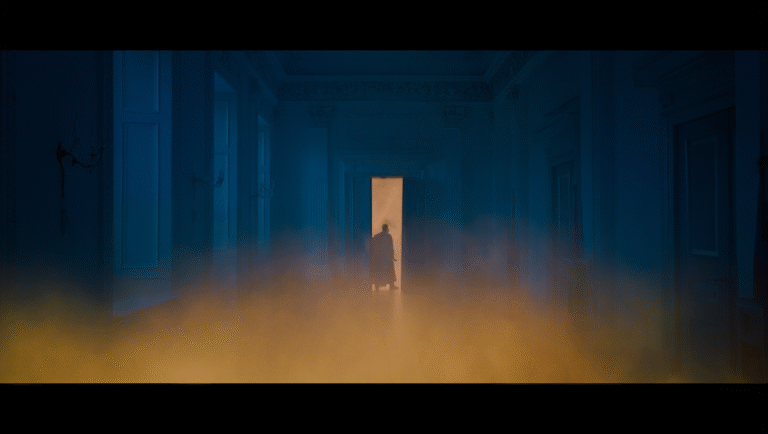What Dream Work Taught Me About Creativity
If you’ve ever woken up from a vivid dream and thought, “Where did that come from?”—you’re not alone. Our dreaming brain can be wildly creative, sometimes more so than we are in waking life. As someone who’s spent the last few years exploring dream work for self-understanding (and, let’s be honest, for better brainstorming), I’ve learned that dreams are like a free, weird, and surprisingly practical tool for creative problem-solving.
Why Dreams Are Secretly Your Creativity Coach
Let’s set the scene: you’re stuck on a project, deadline looming, the cursor blinking on a blank page. You try all the usual tricks—walk, coffee, doomscrolling. But what if the answer actually comes to you at 3 am, disguised as a talking fox in a supermarket? Sounds odd, but that’s exactly what happened to me last year while struggling to name a new workshop series.
“Dreams are a nightly brainstorm session—except you don’t get to pick the theme or the guest list.”
That supermarket fox? It turned into the workshop’s mascot, and the dream’s nonsensical dialogue sparked the tagline. Since then, I’ve treated my dreams as a creative resource—one that’s free, unpredictable, and (science agrees!) full of insight.
How Dream Work Fuels Creative Solutions
Here’s the science bit: during REM sleep, your brain forms new connections, mixes up memories, and plays with ideas in unexpected ways. This is called “hyperassociativity,” and it’s why dreams can jump from your childhood birthday to a futuristic city in seconds. Studies show that people who remember dreams or practice “dream incubation” (setting intentions before sleep) are better at creative problem-solving (source).
Bottom line? If you learn to work with your dreams, you unlock a nightly brainstorming partner. The best part: it only takes a few extra minutes a day.
The 15-Minute Dream Work Routine for Creativity
Here’s my go-to, science-backed process you can do before and after sleep. Total time: 10–15 minutes. No incense or mystical robes required.
- Set Your Intention (2 min, before bed):
Write down a specific creative challenge you’re facing—“How can I make my presentation more engaging?” or “What should I call my new product?” - Dream Journal by the Bed (0.5 min prep):
Keep a notebook or a simple dream journal within reach. - Wake & Capture (5 min):
As soon as you wake up (even mid-night), jot down any dream snippets, images, feelings, or phrases. Don’t worry about logic—just get it on paper. - Highlight the Weird Bits (2 min):
Circle anything odd, funny, or striking. These are often creative gold. - 10-Minute Morning Scan (5 min):
Over coffee, glance back at what you wrote. Ask: “Does any of this relate to my challenge?” Sometimes the connection isn’t direct—look for metaphors or surprising wordplay.
Dream Work Tool Checklist
- Dream journal – paper or digital, whatever you’ll actually use
- Pen or pencil (bonus: use a colored pen to make it fun)
- Soft night light (so you can scribble without waking up fully)
- Optional: mindfulness app or sleep tracker (Sleep Cycle is great for tracking REM periods)
Product Roundup: Best Dream Journals for Creative Types
| Name | Key feature | Size/Material | Price range | Amazon link |
|---|---|---|---|---|
| The Dreamer’s Notebook | Prompts for creativity | 5″x8″, softcover | $10–$15 | Check price on Amazon |
| Leuchtturm1917 Medium | High-quality paper, dotted pages | 5.75″x8.25″, hardcover | $20–$25 | See today’s deal |
| Promptly Guided Dream Journal | Structured prompts, spiral bound | 6″x9″, eco-paper | $18–$22 | Check price on Amazon |
Pros & Cons: Should You Start a Dream Journal?
- Pros:
- Captures wild ideas you might forget
- Helps spot creative patterns over time
- Quick, low-cost, no special skills needed
- Cons:
- Some mornings you just get “I was at work, again” (it happens)
- Handwriting in the dark isn’t always legible
- Not everyone remembers dreams every night, and that’s okay
Real-Life Case: Turning a Dream into a Design Solution
Last month, a friend (let’s call her Laura) was stumped on a logo design for her small business. She started jotting down her dreams for a week. On night four, she dreamed of a glowing bridge over a river—totally random, she thought. But the next morning, the “bridge” image sparked an idea: could her logo connect two main themes of her business? She sketched it out, and the final design (bridge-and-river motif included) felt both original and meaningful. Laura credits her dream journal for breaking the creative block.
Quick Dream Work Checklist
- Set a creative goal before bed
- Have a journal ready (see product table above)
- Write down anything you remember—no matter how odd
- Review for metaphors or surprising links
- Apply one idea, even if it’s tiny
Best Apps & Resources for Dream Work
- Dream Journal Ultimate – Free app for capturing dreams and tagging themes
- Sleep Foundation – Science-based guides on sleep and creativity
- Sleep Cycle – Tracks sleep cycles, helps catch REM periods
- Research on dreams and problem-solving
Final Thoughts: Your Weirdest Ideas Might Be Your Best
Dream work doesn’t require you to “believe” in anything mystical. It’s about noticing what your brain invents when you’re not trying so hard. The best part? Even if you don’t get a genius idea every night, you’ll have a collection of stories, images, and phrases to play with when you need a creative boost.
Try it for a week. You might just find your inner creative director is already on the night shift.
This post may contain affiliate links. If you purchase through them, it won’t cost you extra, but it helps keep this site running.







